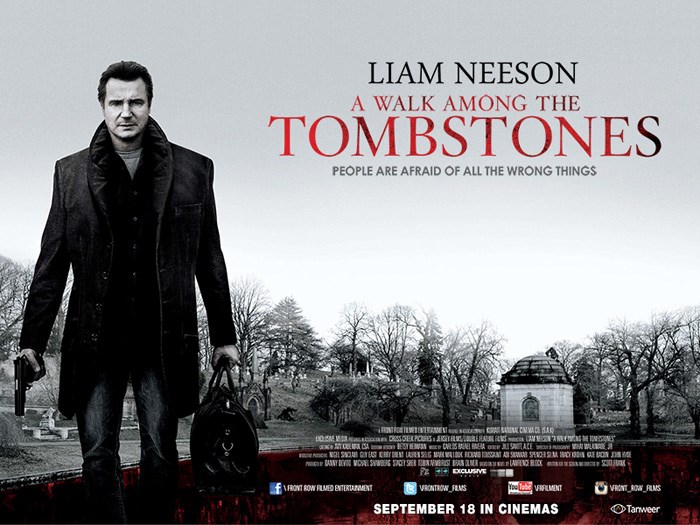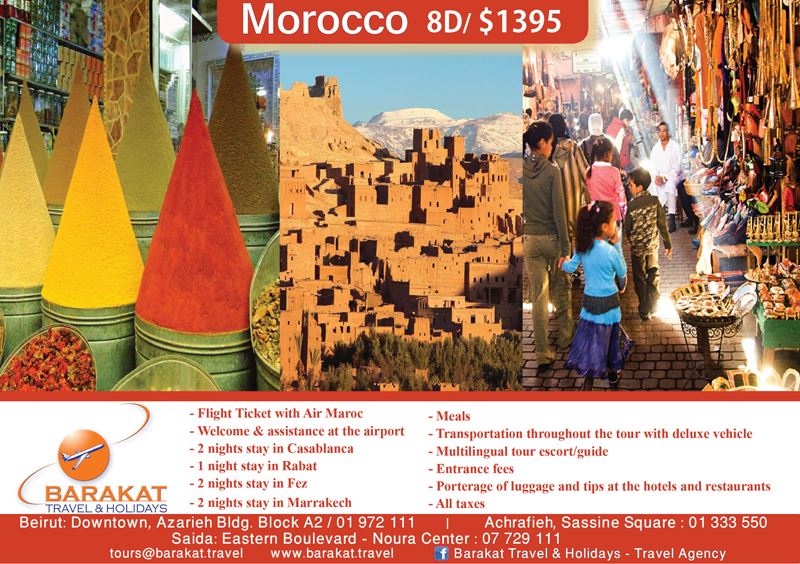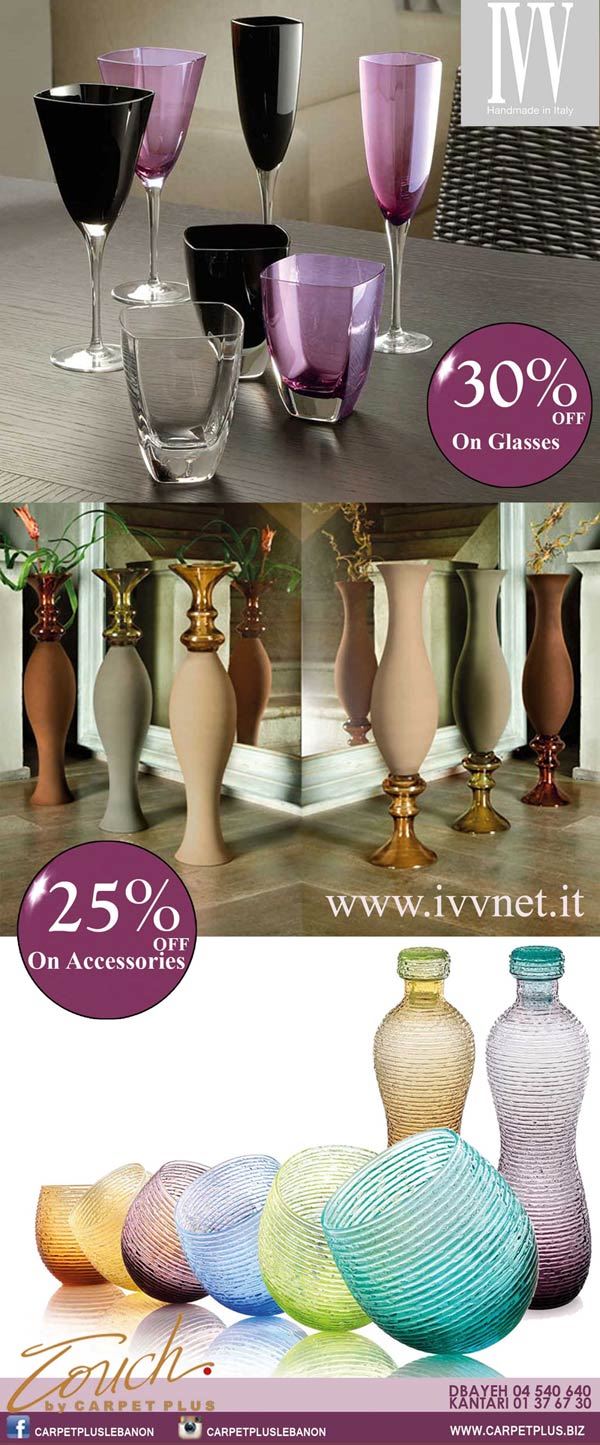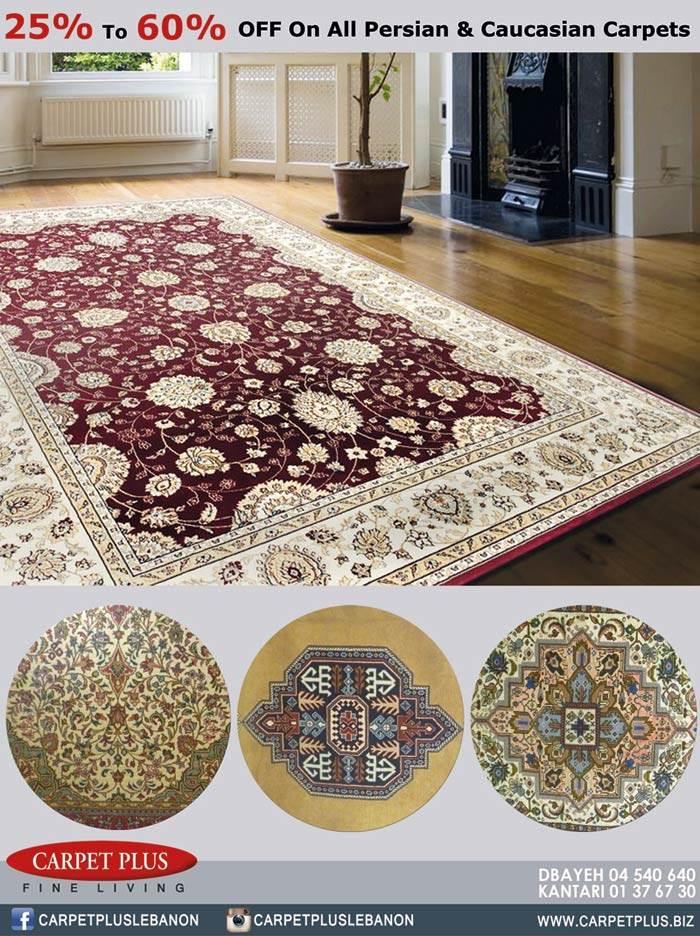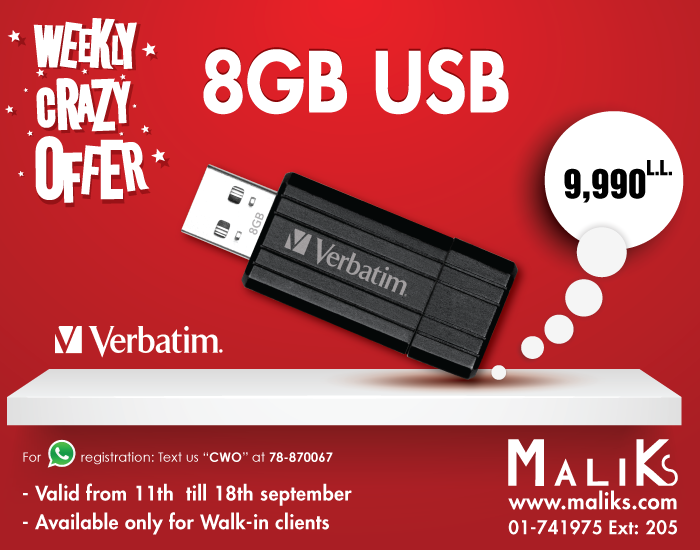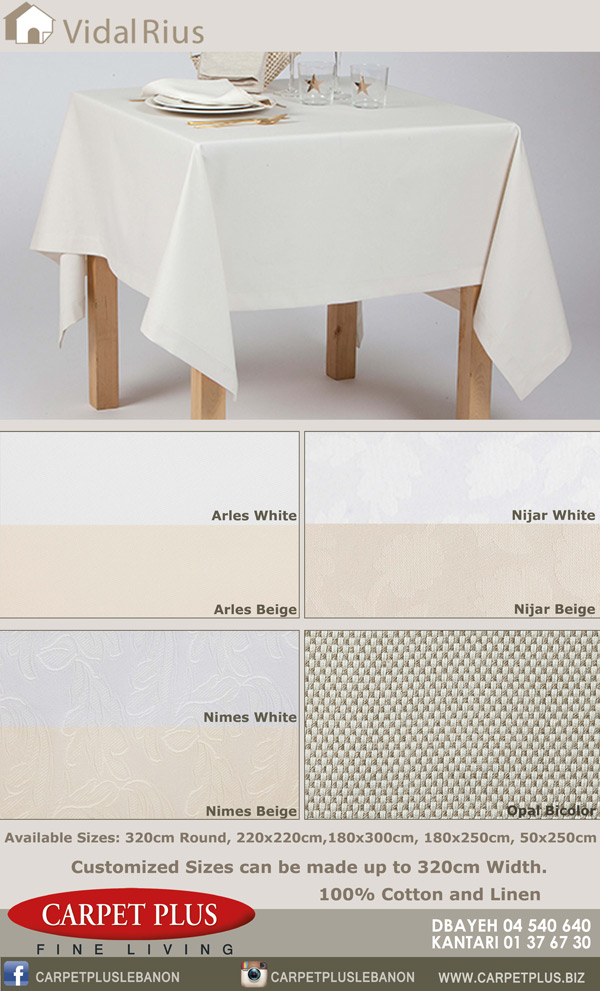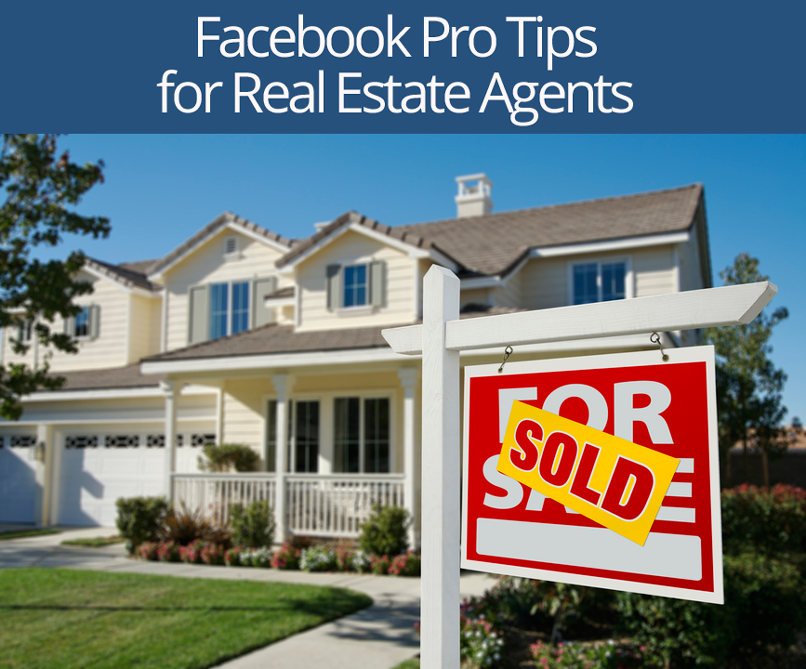
Facebook offers savvy real estate agents and brokerage firms a great way to connect with their community and potential buyers. The key is in providing long-term value. It’s a fact that buying a house is not something a person does every month, but every month someone is buying a house!
The social value lies in providing regular, valuable, consistent information. By becoming a trusted source via your Facebook posts, and then offering easy access on Facebook to tools for home searching, real estate professionals can benefit from the power of social media to build connections, stay in front of users when they are not buying, and ultimately be the trusted source to go to when the time for buying and selling comes.
5 Keys Real Estate Professionals Should be Doing on Facebook
1. Post Helpful Content and Tips
While it is tempting to simply share every listing and post from your website in news feed posts,DON’T! Remember that social media is about building relationships, being social, and offering value. Users are on Facebook to connect and engage with things of interest. Being too salesy all the time will not do it. A following and community can only be created if you actively seek out and share valuable content, yours and industry/community related, that inspires, informs, educates and connects.
Post on a regular schedule, such as 2-3 times per day at key times and in a way that invites Likes, Shares, and Comments.
2. Highlight Homes for Sale by Changing Your Cover Image
People are visual! Social Media is more and more visual! Images capture the eye. Now that Facebook no longer has a text limit of 20% on Cover Images, use the Cover Image regularly as a means of showcasing valuable items like a featured home. This can be changed out weekly or 2x a week. Consider using a Cover Image template to enable you to customize images quickly and be sure to edit the image to include a description and a link when it is posted. Here’s 12 ideas for creating more buzz with your Cover Image.
3. Incorporate Images and Video in Posts
As noted, people are visual and the popularity of Facebook and Pinterest prove that people connect with images. If you want to quickly capture the attention of your fans or followers, add images that are eye-catching and pleasing to the eye. Also, consider using simple tools like Vine and Instagram’s Video tool along with Facebook Video and YouTube as ways to easily create shareable videos that display well on Facebook.
Another idea is to create real estate Infographics, showcase photos of homes or local attractions within your area, post visuals of market trends, and showcase community and school news.
4. Add your Featured Listings to a Facebook Tab
While I noted you should NOT share every listing from your website in your news feed posts, you can share some listing and link via a Smart URL to a tab where users can view the rest of yours posts! Using a tool like TabSite’s WebSite ReSizer, it can take less than 10 minutes to add your website listings page to a custom tab and have it fit perfectly!
This add a great dimension of functionality to your fan page. When people are on Facebook, they want to stay on Facebook, and this allows them to do so by giving them the featured listing right on the Facebook page tab. Simply share a post about the property and include the Smart (mobile friendly) URL in the description so users can easily access it.
5. Incorporate your MLS web page to a Facebook Tab
In addition to a featured list tab, why not give visitors on Facebook full access to your website’s MLS search right on a tab! Once again, the TabSite Website ReSizer can be used to easily add your MLS search to your Facebook page. This can set you apart from so many other realtors and give you a key advantage!
Adding the web page is as simple as adding the URL, dragging the sizer to the appropriate view and publishing to your Facebook page. There’s no need to spend thousands of dollars on a separate feed, just use your website MLS listing in your Facebook page
BONUS TIP: Add a Email Sign-up Tab
By adding a Email sign-up tab to your Facebook page and making users aware of it periodically through posts and tips, real estate professionals can grow their email list and then reach potential buyers and sellers via this means as well.
https://www.tabsite.com/blog/5-ways-real-estate-professionals-can-use-facebook-to-increase-sales/
